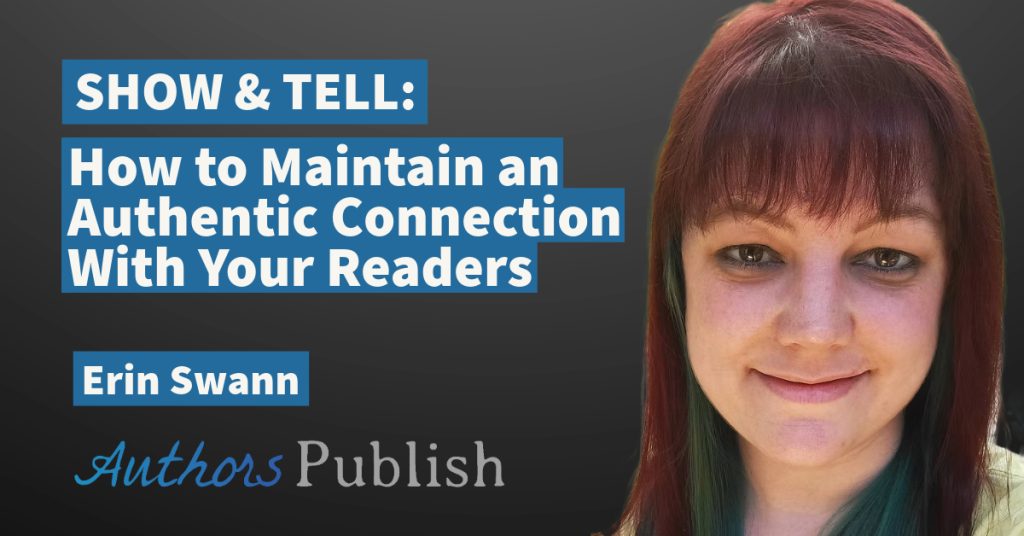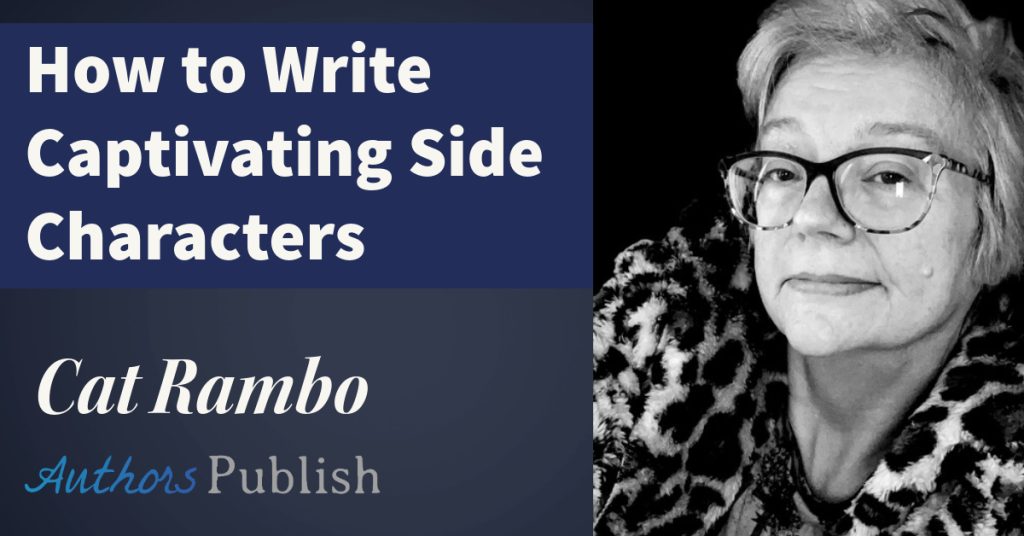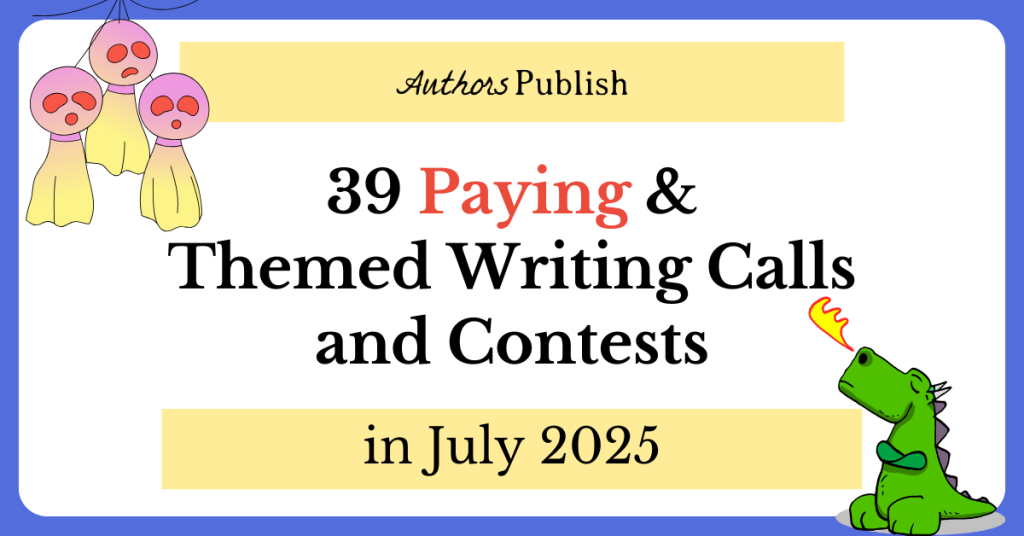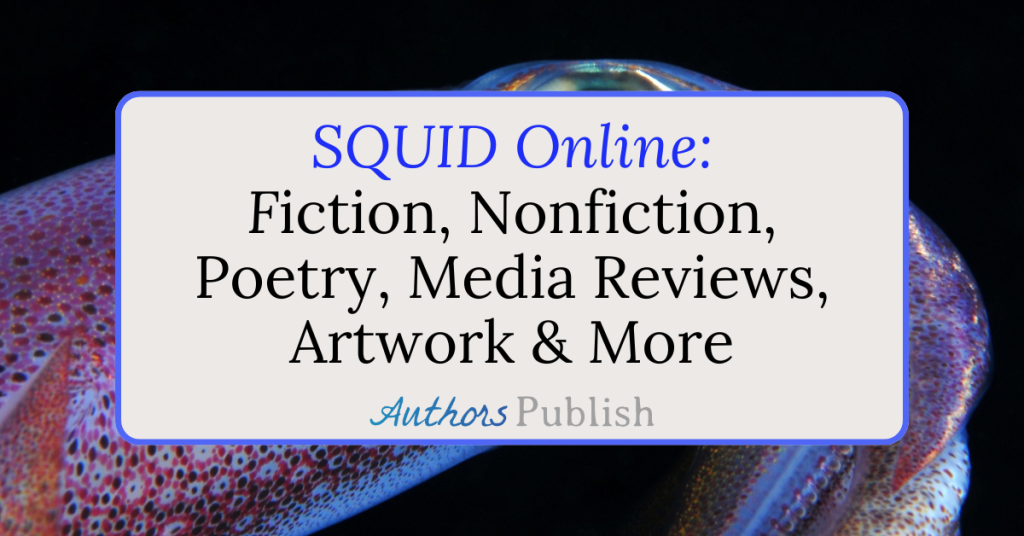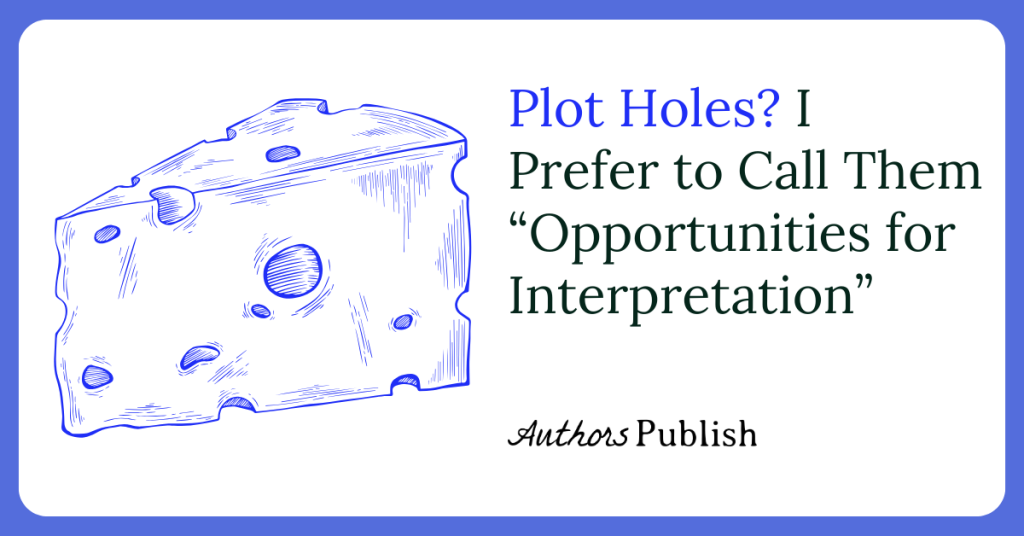— By Clive Matson
In her presentation of books for writers, Van Baalen’s choices suggest spells, enlightenment, nefarious doings, and lighthearted play. What would you think of “Cozy Mysteries,” “Steal Like an Artist,” “Beyond Fear,” “Bird by Bird,” and “Bones”? Adult versions of Dungeons and Dragons?
These books deal with magic. The ones I most admire at least dip toes into that magic, a magic that courses through our lives. And not just writers’ lives. All lives.
Some pull the reader straight into uncharted territory. Natalie Goldberg’s “Free-writes” do that, as do Dorothea Brande’s “Morning pages.” The territory, while showing eerie power, might also present us with adventures. What’s strange is that it’s rarely mentioned by name, except in the negative. To paraphrase, Writing is not about dredging up bloody bits from your unconscious.
Ah, but it might be! Some writers find they’re dealing with childhood trauma and need coaching. They need to learn how to navigate that sticky, brambly path. Is this a surprise? A surprise that the challenge involves some danger and some messiness?
The key to writing well is to commit to personal passion. To commit to authenticity. Getting there is crucial. Ways to feel comfortable will present themselves, along with techniques to keep your writing vivid. Passion will help choose techniques to suit.
The first book identifying the “creative unconscious” was Dorothea Brande’s Becoming a Writer (1934). Brande was a high-level editor in New York publishing; in her time the word “unconscious” had recently joined the common discourse.
Brande’s practical guides are layered with awe of the creative unconscious. Brande actually expected universities to disappear! The immense knowledge fostered in the unconscious would render them superfluous. This sounds fantastical, but the idea has been around more than two thousand years. Plato’s “Learning is remembering” points in the same direction.
In 1978 Jack Estes taught me how to lead a workshop. Divide the psyche into the three parts of Transactional Analysis, he said, and give them different names. The Parent becomes the Editor, the Adult becomes the Writer, and the Child remains the Child. Tell the Editor and Writer to take a walk and let the Child write whatever it wants.
We recognize this scheme as Freud’s, with everyday names. Someone in Jung’s circle allegedly called Freud’s unconscious a glory hole of repressed sexual desires. Jung’s concept is broader and accepts anything not conscious.”Anything! Your ancestors, the spirit world, the pagan world, the universe of intuition. And students demonstrate such variety from day one.
Peter Elbow’s Writing Without Teachers (1963) shows how to workshop without preconceptions. This works well for the creative unconscious. The writer, by definition, doesn’t know what the creative unconscious is doing. Elbow’s workshop listens carefully and reports which phrases work. This mirrors strengths unknown to the writer. It’s immensely helpful to shine light on a path unfolding underfoot, one the writer cannot otherwise see.
Gabriele Rico’s Writing the Natural Way expands our awareness with “Clustering.” Each spontaneous diagram becomes a portal to the unconscious. The Beat Generation’s “Automatic writing,” taken from how spiritualists communicate with the dead, and amplified by progressive jazz, also brings up the unconscious. You don’t know what’ll happen. You wade in, write the next words and soon you’re waist deep in unfamiliar, revelatory material.
My tutorial Let the Crazy Child Write! (1989) uses the original exercise, with the Child renamed “Crazy Child” as an invitation to be wild and free. Usually writers crack open a window and pull in stringers of Crazy Child energy. At mention of that moniker, though, sometimes the walls fall down and torrents of images pour through. The problem becomes keeping balance, and that’s a litmus of unconscious power. After all, the unconscious is perhaps 99% of the brain’s activity. This tutorial names the creative unconscious and, at matsonpoet.com, lists workshops that engage it fully.
Here’s an example. We have the creative unconscious devise its own prompt. First, the group chooses a dozen words, one or two from each person. Then, individually, we write one sentence per word. Next we notice which sentence has the most personal buzz.
Notice the creative unconscious chooses the words. Your adult mind might think it has agency, but it’s only recording unconscious signals. Same with the sentences. That’s two choices. The third is choosing which sentence is the prompt. And the fourth, whether that prompt is the first sentence, the topic, the central sentence, or a jumping off place – for your writing.
You’ve allowed your creative unconscious to design its own portal. A portal into its immense, unknown, authentic power. Four steps and you’re at the door.
On the door is a sign: “Jump in and join the excitement.”
Bio: Clive Matson hung with Beats in New York City in the 1960s and reconnected with the epic “Hello, Paradise. Paradise, Good-bye” at European Beat Studies Network, Paris, 2017. He wants the passions that run through us all to ripple through his poems. Visit him at matsonpoet.com and wikipedia.

